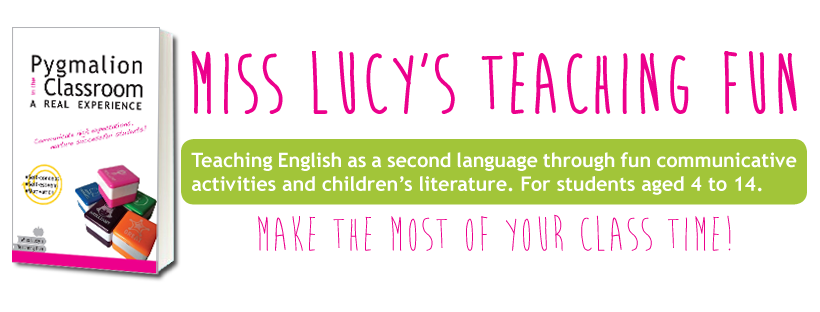 |
| ALAMY. By Graeme Paton, Education Editor |
In the Early Childhood Education course I took last month there is a section dedicated to engagement that might be interesting to talk about, as well as children's optimism of course (see my article).
Let's start with the definition of engagement:
We are engaged with something when we are involved in some activity, that might be challenging, and once we succeed in doing it we feel a great pleasure.
Using simple words it's when we are doing something that we feel we are really good at, and we enjoy doing it a lot.
It is a state of mind strictly connected to the psychology of flow.
But, what's flow?
Flow is a mental state in which a person performing an activity is fully immersed in a feeling of energized focus, full involvement, and enjoyment in the process of the activity. In essence, flow is characterized by complete absorption in what one does (wikipedia article).
It has been studied and proposed by Mr Mihaly Csikszentmihalyi.
Flow's presence has been detected in many fields of the human production and it is connected with happiness and creativity.
Here you can watch a TED conference about it and if you go to minute 14:09 you'll see a summary of the main points that describe flow.
Now the question is: How do engagement and flow have an impact on children's learning process?
Imagine 2 axes on a graph. On one of them we have the level of challenge of a supposed activity and on the other we have the level of skill of the child.
If we assign an overly-challenging task to a child who hasn't got the right level of skill he needs to accomplish it, the kid will feel anxiety and fear.
On the other hand, if we assign a less challenging task to a child who is overly-skilled for that activity then it is likely that he will feel boredom.
However when we give the task with the appropriate level of challenge, maybe just a little bit higher, to the child who has the appropriate level of skill, then we'll witness flow and engagement. In addition we will have provided them with a real learning experience.
And that's really true. Very often we can see children who don't pay attention or aren't doing what they are supposed to do in our classrooms.
However when we would investigate those 'issues' we can easily find out that, most of the time, they are caused by the fact that the task the children are assigned is too easy or too difficult according to their skill.
Time is another important aspect: children should be given time to develop the whole process.
So far, a more flexible education model seems to be the most effective tool for improving the unique learning experience of each child. Mr Mihaly Csikszentmihalyi has demonstrated in his articles, where he analyzes the flow experienced in traditional, nontraditional public and private schools around the world, that a different and adequate approach to teaching would produce a greater learning experience.
This one specifically talks about Montessori schools and this one provide an analysis of a wider number of schools.
--> Quiero leer este post en Español
Lucy dedicates a lot of time and love to thinking about and writing the posts she shares with all of you. Because she believes that a better teaching is the key for a better future. If you find any help, value or joy in this blog, please consider becoming a supporting reader. A donation, in any amount, will be gratefully accepted.




Lucy dedicates a lot of time and love to thinking about and writing the posts she shares with all of you. Because she believes that a better teaching is the key for a better future. If you find any help, value or joy in this blog, please consider becoming a supporting reader. A donation, in any amount, will be gratefully accepted.






